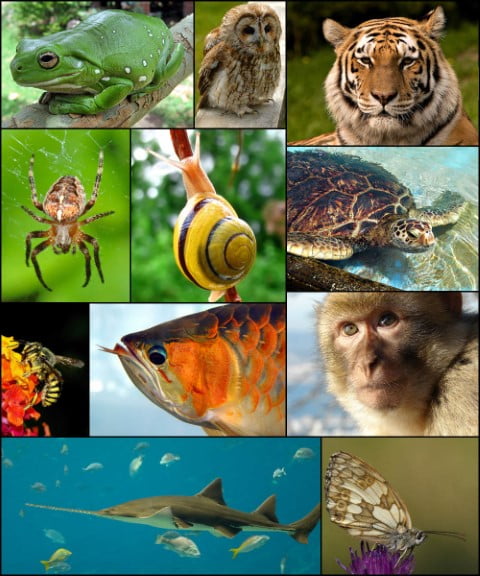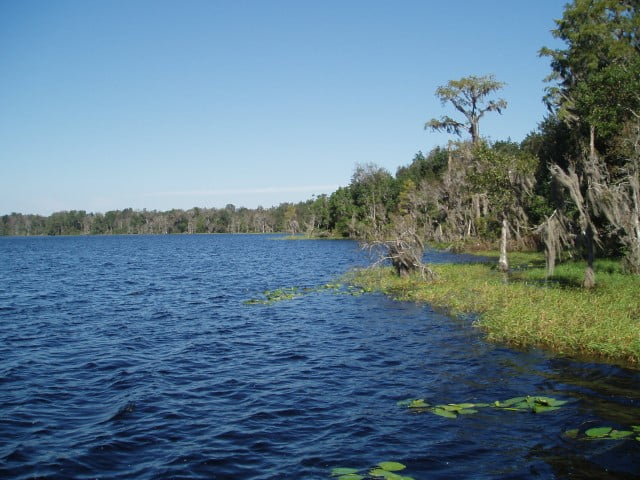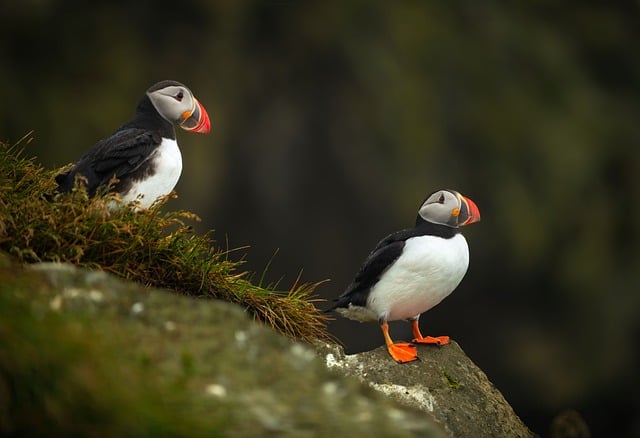Biodiversity, the intricate web of life that blankets our planet, is facing unprecedented threats in the 21st century. Human activities, climate change, and habitat destruction are driving species to extinction at an alarming rate. The urgency to preserve Earth’s biodiversity has never been more critical. In this blog post, we will explore the significance of biodiversity conservation and delve into the essential elements of creating effective strategies for a sustainable future.
Content:
- Understanding Biodiversity
- The Importance of Biodiversity Conservation
- Creating Effective Biodiversity Conservation Strategies
- Research and Data Collection
- Legislation and Policy Development
- Community Involvement
- Habitat Restoration and Protection
- International Collaboration
- Technology and Innovation
Understanding Biodiversity:

Biodiversity encompasses the variety of life on Earth, from the smallest microorganisms to the largest mammals. It includes genetic diversity, species diversity, and ecosystem diversity. Each element plays a crucial role in maintaining ecological balance, contributing to ecosystem resilience, and providing essential services such as pollination, water purification, and climate regulation.
Read More: Therapy in Nature: 8 Mental Health Benefits of Nature Exposure
The Importance of Biodiversity Conservation:
Ecosystem Stability:
Biodiversity ensures the stability of ecosystems. Diverse ecosystems are more resilient to environmental changes, making them better able to withstand disturbances and adapt to new conditions.
Human Well-being:

Biodiversity is directly linked to human well-being. Many communities rely on biodiversity for food, medicine, and livelihoods. Preserving diverse ecosystems also enhances the quality of life by providing recreational and cultural opportunities.
Read More: 5 Elements of Nature and Their Relation With the Human Body
Climate Regulation:
Biodiverse ecosystems play a crucial role in regulating climate patterns. Forests, for example, act as carbon sinks, helping to mitigate the impacts of climate change by absorbing and storing large amounts of carbon dioxide.
Creating Effective Biodiversity Conservation Strategies:
Creating effective biodiversity conservation strategies requires a comprehensive and multidimensional approach that addresses various factors contributing to biodiversity loss.
Research and Data Collection:

Conduct comprehensive biodiversity assessments to understand the current state of ecosystems and species. Collect data on threatened species, vulnerable habitats, and key ecological processes.
Read More: How Does Nature Impact Our Wellbeing
Legislation and Policy Development:
Establish and strengthen legal frameworks for biodiversity conservation. Develop and enforce policies that address habitat protection, sustainable resource use, and the prevention of invasive species.
Community Involvement:
Engage local communities in conservation efforts, respecting and incorporating traditional ecological knowledge. Create awareness and educate communities about the importance of biodiversity and their role in its conservation.
Habitat Restoration and Protection:

Implement programs for the restoration and protection of critical habitats. Encourage sustainable land-use practices that minimize habitat destruction.
Read More: 10 Human Problems That Only Nature Can Solve
International Collaboration:
Foster collaboration between countries to address transboundary conservation challenges. Share resources, knowledge, and best practices on a global scale.
Incentives for Conservation:
Provide economic incentives for businesses and individuals engaged in sustainable practices. Establish conservation agreements that recognize and reward efforts to protect biodiversity.
Technology and Innovation:

Utilize technology for monitoring and tracking species, detecting illegal activities, and assessing ecosystem health. Invest in research and development for innovative solutions to conservation challenges.
Read More: How Can We Live A Better Life With The Help Of Nature
Conclusion:
Biodiversity conservation is not just a moral imperative; it is a fundamental necessity for the well-being of our planet and future generations. Crafting effective strategies requires a holistic approach that combines scientific research, policy development, community involvement, and international collaboration. By working together to protect and preserve Earth’s biodiversity, we can pave the way for a more sustainable and harmonious future. The time to act is now, and the responsibility lies with each of us to contribute to the preservation of our planet’s invaluable biodiversity.
